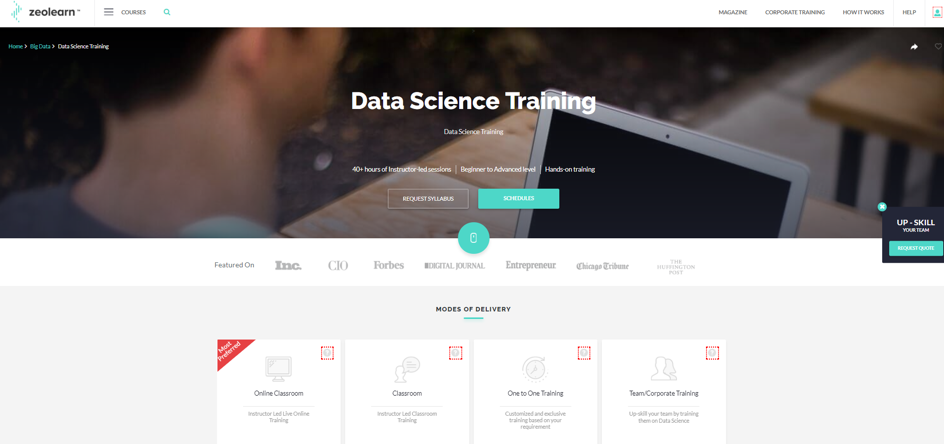We live in an era where the news itself seems mass-produced and over-commercialized. It can be extremely difficult to know what is true and what has been fabricated for the sole purpose of gaining attention.
With a constant, fast-moving stream of information chock-full of “alternative facts,” making a substantial impact is an extremely difficult task for marketers. Art Zeidman, former President of Unruly and Pixability, made a profound observation about viral content. He found that viral content is typically shared instantly upon consumption. It leaves an immediate impression upon the viewer and encourages them to take action to spread the information.
The internet has made the possibility of gaining worldwide attention more than just a pipe dream. Millions and millions of users are constantly sitting in front of their computers trying to discover the formula to make their content go viral. As many have learned, there is sometimes no rhyme or reason as to what ends up going to the top.
As painful as it is to admit, all the fake news on the internet seem to be the most successful at going viral. Without getting too political, there are number of lessons marketers can use for their own campaigns.
-
Understand Your Audience
I don’t want to sound like a broken record, but knowing the specifics of your audience and how they consume content will forever be the most important ingredient to the success of any marketing venture.
As influential as big data and emotional triggers are, you need to know exactly how you can use them to influence your current and potential audience. Regardless of the product or service you are trying to promote, there are plenty of creative ways to appeal to mass audiences.
Take Always for example. In 2015, they released a campaign called #LikeAGirl. The commercial aired during the Super Bowl and was one of the most groundbreaking ads in modern history.
https://www.youtube.com/watch?v=L3BjUvjOUMc
As one of the first ads for feminine products to be shown during the Super Bowl, the overall message did wonders to empower women across the world. Even more, its use of Emojis did a great job to help bridge the gap between the older and younger generations. The end result was about so much more than just selling products; it was about bringing attention to the white-hot issue of women’s equality at a prominently male-oriented event.
To truly speak to and resonate with an audience, you need to know what is trending in their world, how it relates to your brand, and what platforms you can use to make the biggest impact. For this purpose, using social monitoring tools like Mention can be instrumental for tracking the buzz throughout your industry.
A big part of bringing a campaign to viral status is knowing how to play on the hot button issues and, in a sense, insert your messaging to add fuel to the fire.
-
Play to Emotions
Many of the most successful marketing campaigns share one common thread: they shamelessly pull at the audience’s heartstrings. They can be humorous, sentimental, sad, or any other type of extreme human emotion. The bottom line is that they are captivating because of their psychological appeal.
“Stand with Standing Rock” was one of the best examples of emotional viral marketing throughout all of last year. The hashtag #NoDAPL became a widespread phenomenon and brought copious amounts of attention to the cause.
Going on @TheYoungTurks tonight at 915. Tune in. Taking bout #standingrock #NoDAPL pic.twitter.com/XENkwU3iah
— Josh Fox (@joshfoxfilm) 1 grudnia 2016
The essence of the campaign was to promote the travesty the Sioux Tribe of Standing Rock would face as a result of the pipeline. All over the country, people began checking in on Facebook at Standing Rock to show their support. Petitions to stop the operation were gaining thousands of signatures, and groups of people (including veterans) were showing up to stand with the locals in their protest.
Regardless of your marketing message, in order for it to go viral, it needs to evoke an extreme feeling inside the reader. The “WOW” factor needs to be clearly exhibited to garner attention and, more importantly, support.
-
Interpret the Right Data
Simply put, the analysis of big data has become an essential part of conducting business in any capacity. In marketing, this refers to the strategies conceptualized and built upon a solid foundation of data-driven insights in creative planning. These are typically collected through points of consumer engagement and use the patterns to make predictions for the future.
According to Gartner, nearly 48% of companies surveyed had invested in big data throughout 2016, a number that was up by 3% as compared to the previous year’s figures. If used correctly, big data has endless potential. For one, it puts you a huge step ahead of brands working without these hard numbers. In turn, marketers can create more personalized messages to the right audience at the most opportune times and refine the customer experience to perfection. Second, you can use relevant information to predict trends and capitalize on them before they hit the mainstream. This is a crucial aspect in getting your marketing campaign to go viral.
As great as this all sounds, it’s not quite that simple. In the grand scheme of things, big data is still VERY new to the world of marketing. The trick is to know exactly what to look for and how to apply the knowledge directly to your strategy.
For help in this extensive field, Zeolearn offers a comprehensive course through a number of channels. You have the option to complete the 40+ hours of expert-led training through an interactive online portal, in a classroom, a corporate environment, or during one-on-one meetings.
Such training allows you to go beyond just looking at the numbers. The emphasis should be on exploring complex data streams to find the deeper meaning and extract valuable insights pertinent to your mission.
Educating yourself and your team in the finer details of data science is one of the smartest moves you can make for the ongoing success of your marketing campaigns.
Over to You
While only a tiny percentage of content becomes a worldwide sensation out of the blue, the bulk of viral messaging didn’t happen by mistake. These campaigns were planned VERY strategically.
For as long as the internet is around, the end goal for most marketers and brands is to get their messaging to go viral. Consumers today are given more information than they can process. As a result, most of what they see tends to be subconsciously tuned out—making a marketer’s job much more difficult. The most important thing to keep in mind during the planning stage is knowing precisely how to reach mass audiences with genuine triggers that evoke strong reactions.

